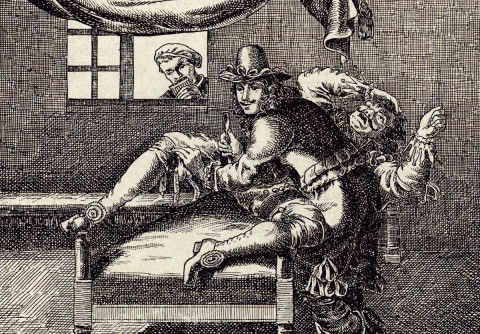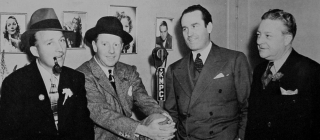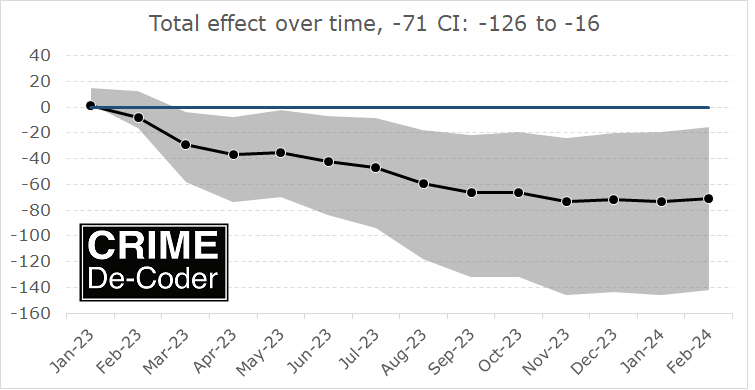
Desperate Measures | History Today
In 1676 the surgeon James Yonge was called to attend to an unusual injury. A young man was bleeding dangerously from the groin. This was no accident. Yonge discovered that his patient had ‘castrate[d] himself, by gripping up the Testicles, with the whole Scrotum in one hand, and with a keen Knife in the other cutting them off close to the body’.
The unfortunate patient had ‘bled very largely before any one discovered it’ and was in a perilous state. Yonge swiftly gripped the wound in his hand to stop the haemorrhage, while his assistant prepared dressings and gave the young man herbal medicines to relieve his pain. Thankfully, their actions worked and within a month the patient was almost back to normal.
To a modern reader this act might seem like an example of what we now call self-harm, indicating serious mental illness. As Yonge’s account reveals, however, in the 17th century self-castration was unlikely to be viewed as driven by madness. Instead, self-castration by cutting off one’s own testicles could be represented in medical texts as an act of agency or protest.
Yonge’s patient claimed that he had acted ‘on a religious account’. He may have been inspired by a verse in the New Testament that stated that ‘there be eunuchs, which have made themselves eunuchs for the kingdom of heaven’s sake’ (Matthew 19:12). It was also noted that, by injuring himself in this way, the young man ‘acted Origen Secundus’; that is, he emulated another eunuch, the Church Father Origen of Alexandria. Origen was reported to have gelded himself because ‘he was eager to fulfil the Saviour’s words and also to forestall all slander on the part of unbelievers’ – an act that Renaissance theologians renounced as over literal in its interpretation of the Bible’s words.

























